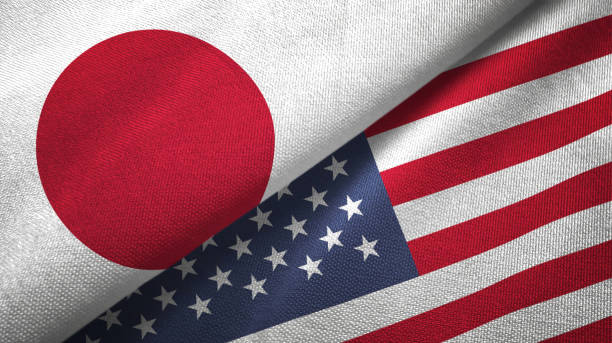
A year into its historic defence strategy overhaul, Japan is rapidly enhancing its Self-Defense Force (SDF), with defence spending increasing 50% above 2022 levels. Following a new security strategy that Prime Minister Fumio Kishida’s administration adopted a year ago, the 7.95 trillion yen ($56 billion) defence budget for the 2024 fiscal year represents the second year of a five-year military buildup program. This update involves significant investments in counterstrike capabilities, munitions, and readiness, as well as a crucial structural change: establishing a Japan Joint Operations Command (J-JOC) by 2025 to centralise joint operations between their ground, maritime, and air forces.
This rapid progress demonstrates the necessity of updating the U.S.-Japan alliance’s command and control systems to align with Japan’s expanding military role. As Japan enhances its military capabilities, coordinating military actions with the United States becomes crucial. Updating these systems will strengthen the alliance’s credibility and deterrence in East Asia.
The United States and Japan are preparing to announce the most significant revision to their security agreement since 1960. The announcement, which is expected to be made during Prime Minister Kishida’s visit to the White House on April 10, aims to reorganise the U.S. military command in Japan. This reorganisation is intended to enhance coordination and planning to address China’s perceived threat, particularly in a potential conflict over Taiwan.
One important and realistic upgrade to the security alliance is to restructure U.S. Forces Japan (USFJ). The USFJ plays a crucial role in managing alliance agreements for over 50,000 U.S. military personnel from various branches stationed in Japan, a key element of U.S. power in the Indo-Pacific region. The three-star commander of the U.S. Forces Japan (USFJ) has restricted operational control, with individual service branches reporting directly to their respective headquarters in Hawaii. The U.S. should upgrade USFJ to a fully operational three-star Joint Force Headquarters under U.S. Indo-Pacific Command to enhance US-Japan military cooperation. This upgrade will enable daily collaboration with the three-star deputy commander of the Japan Joint Staff (J-JOC). A closer counterpart than INDOPACOM’s commander in Hawaii is necessary for Japan’s J-JOC, which has a 240-person staff and is under the command of a 4-star officer in Tokyo’s Defense Ministry.
The U.S. Indo-Pacific Command commander’s broad responsibilities dilute the focus on Japan. Establishing a U.S. joint operational command in closer proximity would significantly benefit the alliance. This change would allow better cooperation on the ground. The joint rescue operation during Japan’s 2011 earthquake and tsunami shows the need for such a change. However, coordinating with the Hawaii-based INDOPACOM is inefficient due to the 19-hour time difference and the significant distance between the bases.
The improvement of the USFJ could give it greater authority and more personnel to handle its expanded role, potentially adding around 100 people for operations and tasks under INDOPACOM’s direction. This expansion may require Congressional funding, possibly from the Pacific Deterrence Initiative, to strengthen deterrence against China by supporting allies, depending on its missions.
In this potential upgrade to the security alliance, the USFJ commander would continue to serve as the primary U.S. military liaison to Japan while also gaining additional operational command responsibilities in line with J-JOC activities. This expanded role would involve leading defence and regional contingencies within a specific operational area that INDOPACOM has designated.
There is an urgent need to place a more senior U.S. officer in Japan as it takes on a larger regional defence role. The buildup of the Chinese military and President Xi Jinping’s pledge to reunify Taiwan with the mainland, by force if necessary, show the need for a stronger alliance. Upgrading the USFJ to a fully operational three-star Joint Force Headquarters under the U.S. Indo-Pacific Command would send a strong strategic signal to China and North Korea, acting as a deterrent by strengthening the command structure in Japan.
By The European Institute for International Relations















